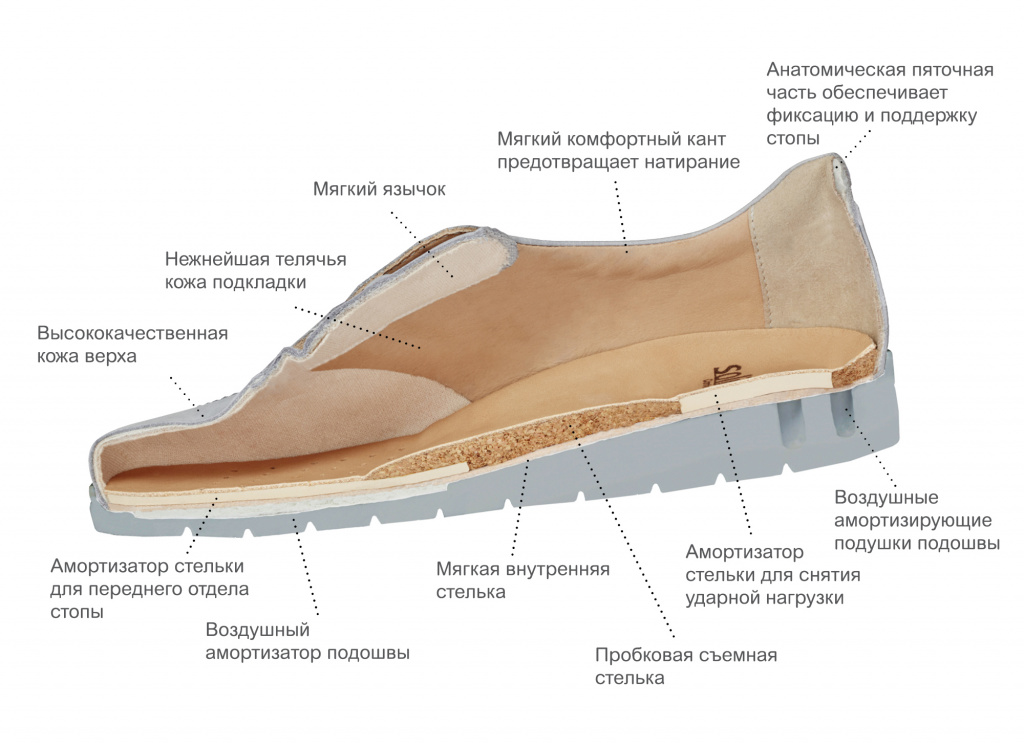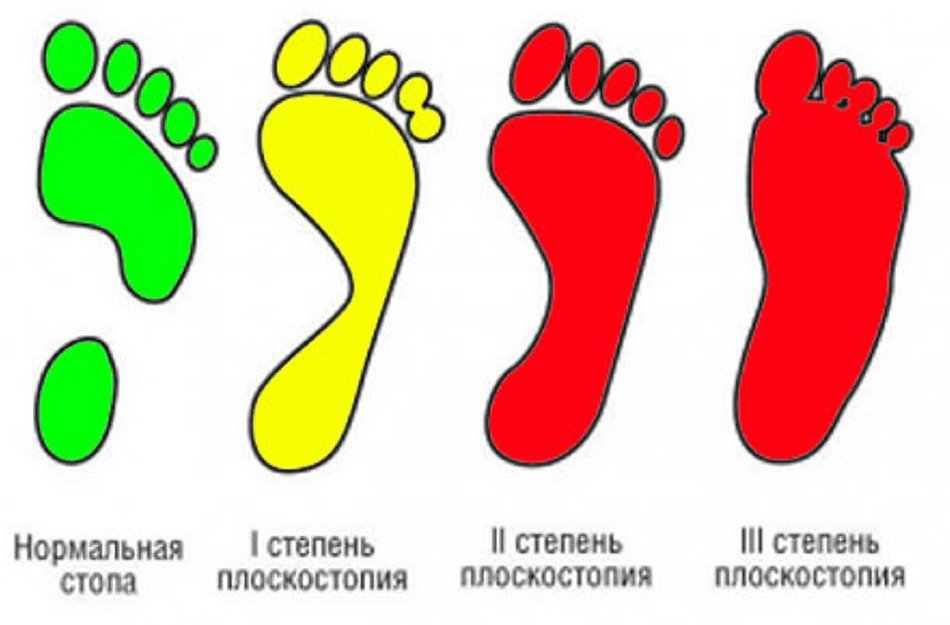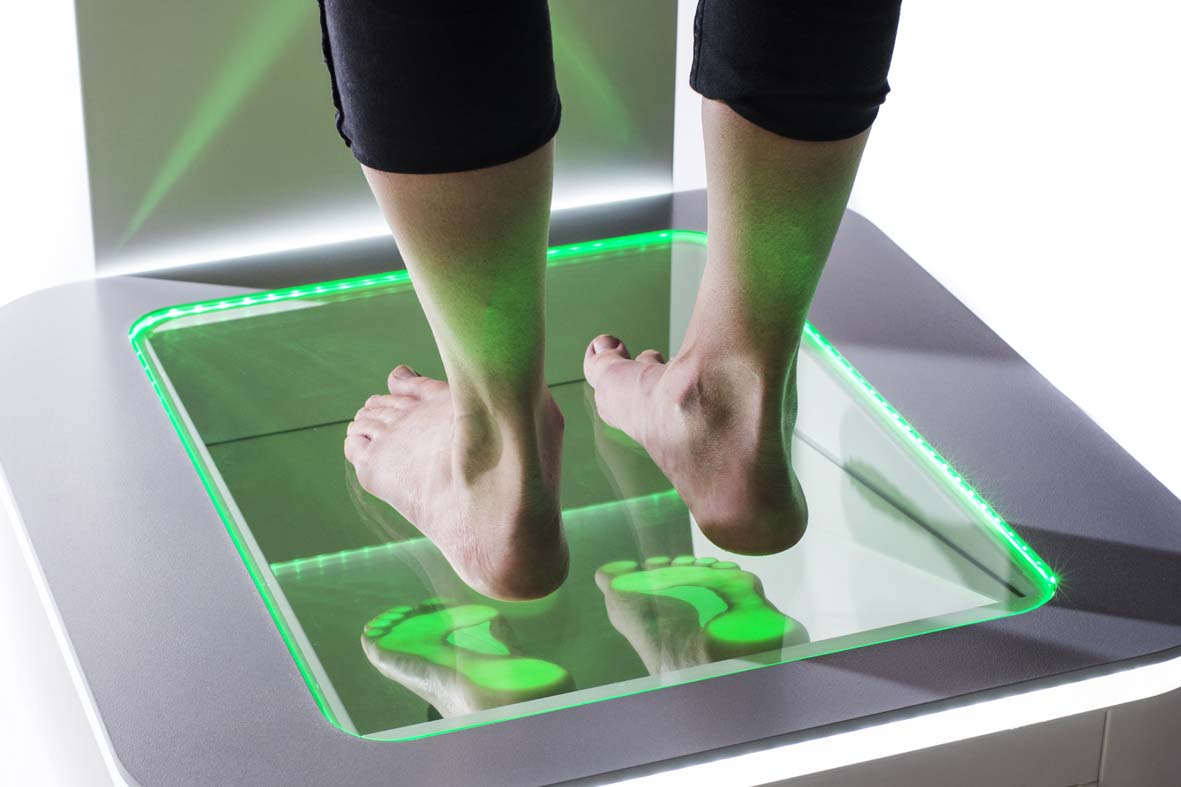Medical textbooks and scientific papers point out that the condition of the feet is influenced by the surface on which one walks. Physiologically, the foot is adapted to walking on uneven surfaces and stones. As the streets of modern cities are paved with asphalt, muscles begin to atrophy and become less able to support the arch of the foot.

- flat feet in children
- Flat feet in school and preschool children
- The dangers of not receiving timely treatment
- When can treatment begin in children?
- diagnostic measures
- How is the treatment carried out?
- orthopedic shoes
- Massage and exercise
- First signs and symptoms
- Diagnostic methods – the gold standard
- Prevention of flat feet and valgus deformities
- If your child is a competitive athlete
flat feet in children
Clubfoot in children is one of the most common reasons to see a pediatrician. Many people mistakenly believe that this is not a serious pathology that causes only a cosmetic defect and psychological discomfort. However, if the problem is ignored, complications can arise throughout adolescence and into adulthood. It is therefore advisable to recognize flat feet early and initiate orthopedic treatment quickly.
Childhood flatfoot is a bone and ligament disease in which the foot deforms and the arch flattens. In children between 2 and 4 years of age, the prevalence is 25-30 % and increases to 40 % by the age of 7 years. According to the WHO, about 50 % of children up to the age of 12 have flat feet of varying degrees. In rare cases (2-3 %), the disease is diagnosed immediately after birth.
The foot develops gradually during childhood. Development intensifies as the feet begin to be physically active. The highest risk of foot deformities occurs between the ages of 8 months and 1.5 years. During this time the child makes his first attempts to get up and walk. In the first months of life, children have a physiologically flat foot with a thick layer of fat. This is due to the anatomical structure: the bones have a cartilaginous structure, are flexible and stretch well. With proper exercise and normal bone development, muscles and ligaments normalize on their own by the age of 5-6 years. However, this process can be disrupted by unfavorable factors.
An orthopedic surgeon diagnoses flat feet. Modern orthopedic treatment methods eliminate the symptoms of the disease and make the child's daily life as comfortable as possible. However, to achieve the best therapeutic and aesthetic effect, early referral to a specialist is necessary Source:
Flat feet in children: etiopathogenesis and diagnosis. Zatravkina TY, Rubashkin SA, Dokhov MM Saratov Scientific Medical Journal, 2018. .
Flat feet in school and preschool children
From the age of 3, the foot takes on an appearance as close as possible to that of an adult foot. The first signs of flat feet can be seen in preschool children. They often become noticeable when walking - the preschool child does not put his feet properly and limps after a walk. Such a symptom is a reason to see a doctor.
After the age of 7, the development of the feet slows down. During this period, the first complications of flat feet are noted - school-age children develop poor posture. The pathology is caused by a disruption in the correct position of the pelvis and spine due to flattening of the foot and abnormal load distribution.
The dangers of not receiving timely treatment
Many parents wonder at what age a child's flat feet can be treated. The disease is usually diagnosed before the child takes its first steps. Flat feet in a one-year-old child are not always pathological, since the arch of the foot is formed in the first three years of life, but an experienced doctor will recognize the problem even in such a toddler. If nothing is done about it, this can have extremely unpleasant consequences, because the feet perform important tasks for the human body: they distribute the loads correctly and act as shock absorbers, protecting the spine and joints from impacts.
Treatment of flat feet in children can be started as early as 2-3 years old or earlier. Therapy is aimed at preventing the development of pathology, since doctors usually diagnose flat feet in children only at the age of five, since at this time the arches of the feet are just beginning to form. You can find more information about the development and treatment of flat feet in children aged 1-1.5 years on our website.
When can treatment begin in children?
It is not possible to say definitively up to what age flat feet can be treated, as a lot depends on the physiology of the individual. It is recommended to start treatment in children when the child is on his feet. The child should be encouraged to walk on the heels, toes, outside or inside of the foot. The child should jump and run more as these activities activate the tendons and promote foot formation.
As the child grows older, the feet gradually ossify and this process is completed by the age of 12-15. It is therefore advisable to treat physiological flat feet in children before the age of 15. Otherwise the treatment will be much more difficult.
diagnostic measures
First and foremost, the doctor examines the patient. Based on his findings, he makes a preliminary diagnosis, which must be confirmed by instrumental examinations. The following diagnostic methods are mainly used:
The latter method can be used to measure the foot and determine its musculoskeletal function. By distributing the load among the different areas, a reduction in arch height and other necessary parameters can be noticed. The examination is carried out using electronic calculations. If these tests are not sufficient, ultrasound can also be used. In addition, diseases of the central nervous system must be ruled out or confirmed. For this purpose, the patient is referred to a neurologist. Once the results of all examinations are available, the trauma surgeon will decide on further therapeutic action.
How is the treatment carried out?
orthopedic shoes

Various orthopedic corrections are used to treat valgus injuries, including cuffs, orthoses, and big toe splints. Sometimes pads are also used, which are placed on the first metatarsal bone. If flat feet are diagnosed at an early stage, special shoes are not necessary. They are made of natural fabric, quite wide and comfortable. You should have an insole under the heel and under the foot. If the valgus foot is severely deformed, doctors prescribe orthopedic shoes.
High-heeled shoes are strictly forbidden for women. Their height should not be more than 4 cm.
Massage and exercise
Massage therapy improves blood circulation, muscle tone and strengthens the arch of the foot. Over time, the massage therapist gives the foot a correct and healthy alignment. Sometimes, in addition to classic massage, manual therapy methods are also used. On average, a patient needs at least 15 massage sessions. After that, a break of 3 months is taken, after which the course is resumed.

In addition to massage sessions, treatment of valgus deformity is not possible without physical therapy. It helps shape the arch of the foot and strengthen muscle tissue. The course of the exercises should be discussed with your doctor. The patient is advised to alternately walk on the toes and the side of the foot, walk on an inclined plane and roll an object with the lower limbs. Swimming is also a good idea because it not only strengthens the muscle tissue in the feet, but also the entire musculoskeletal system.
First signs and symptoms
In the early stages, flat feet are difficult to detect because the body is very adaptable. In the first stage, the disease is not noticeable, especially if the person affected has well-developed muscles.
The first symptom of the disease (stage 2) is fatigue and pain in the ankles with light exertion. If there is a feeling of heaviness, burning and discomfort in the feet after 5-10 minutes of walking, an orthopedist should be consulted to examine flat feet.
In stages 3-4, deformation of the second toe (hammer toe) or inward curvature of the first toe (valgus deformity) occurs, followed by the formation of a lump.

It is difficult for parents to distinguish between abnormal and normal feet in their child. It is not the appearance of the foot but the condition of the footwear that indicates a problem. A reason for consulting a doctor should be rubbing of the sole or heel on one side.
Diagnostic methods – the gold standard
Diagnosis begins with a visual inspection of the patient's foot. The doctor can already notice a reduction in the height of the external arch. The doctor also notices the presence of corns in places where they should not be (fingertips). Additional instrumental examination methods may be recommended to confirm or invalidate the diagnosis.
One of the most important methods is a stress x-ray of the foot to assess the angle of achylopalgia. There is also a more modern examination method - plantography or plantoscopy. During this examination, impressions are taken of the patient's foot, which are then processed and stored on electronic media.

Plantography is recommended for prevention in the following groups of people:
- conscripts;
- athletes;
- People with musculoskeletal disorders;
- Individuals recovering from lower limb fractures;
- Patients with symptoms of flat feet.
In the latter case, the examination is carried out to assess the type and degree of flatfoot and to evaluate the effectiveness of treatment.
An orthopedist should be consulted with the results of the x-ray or plantography. The doctor will issue a prescription in the clinic and during the online consultation. With such a prescription, you can go to an orthopedic store and find a suitable insole or order shoes.
Prevention of flat feet and valgus deformities
To avoid treatment, it is better if you buy your child preventive shoes right away. They look like normal shoes, but have special features. The strong heel support prevents the heel from tipping over. The removable insole also has supportive elements. Orthoboom, for example, uses a soft StepEx insole with a recess under the heel and ribs under the arches. This design does not interfere with the natural process of strengthening the foot muscles.
Do simple exercises with your child. The most well-known are the heel and toe walk. In summer, let your child walk barefoot on the ground or in the sand. This is very good for the foot muscles.
If your child is a competitive athlete
If your child wants to become a professional athlete, that doesn't mean flat feet are safe. Overloading the foot muscles also poses a risk of deformities. Many boxers and runners suffer from flat feet. Here too, it is important to wear the right footwear and insoles to relieve the pressure on the foot muscles and avoid overloading. Regular massages and water treatments are also recommended. In any case, the normal development of the child's musculoskeletal system should be monitored. The child should see a chiropodist at least once a year.
Clubfoot is an orthopedic disease that occurs in…
Read more:- Valgus flatfoot (valgus flatfoot).
- flat feet (valgus foot).
- Massage for flat feet.
- Which doctor treats flat feet?.
- flat feet.
- Orthoses for valgus in children.
- Shoes for flat feet.
- Orthotics for flat feet.
